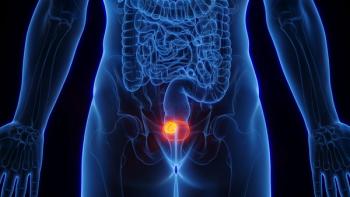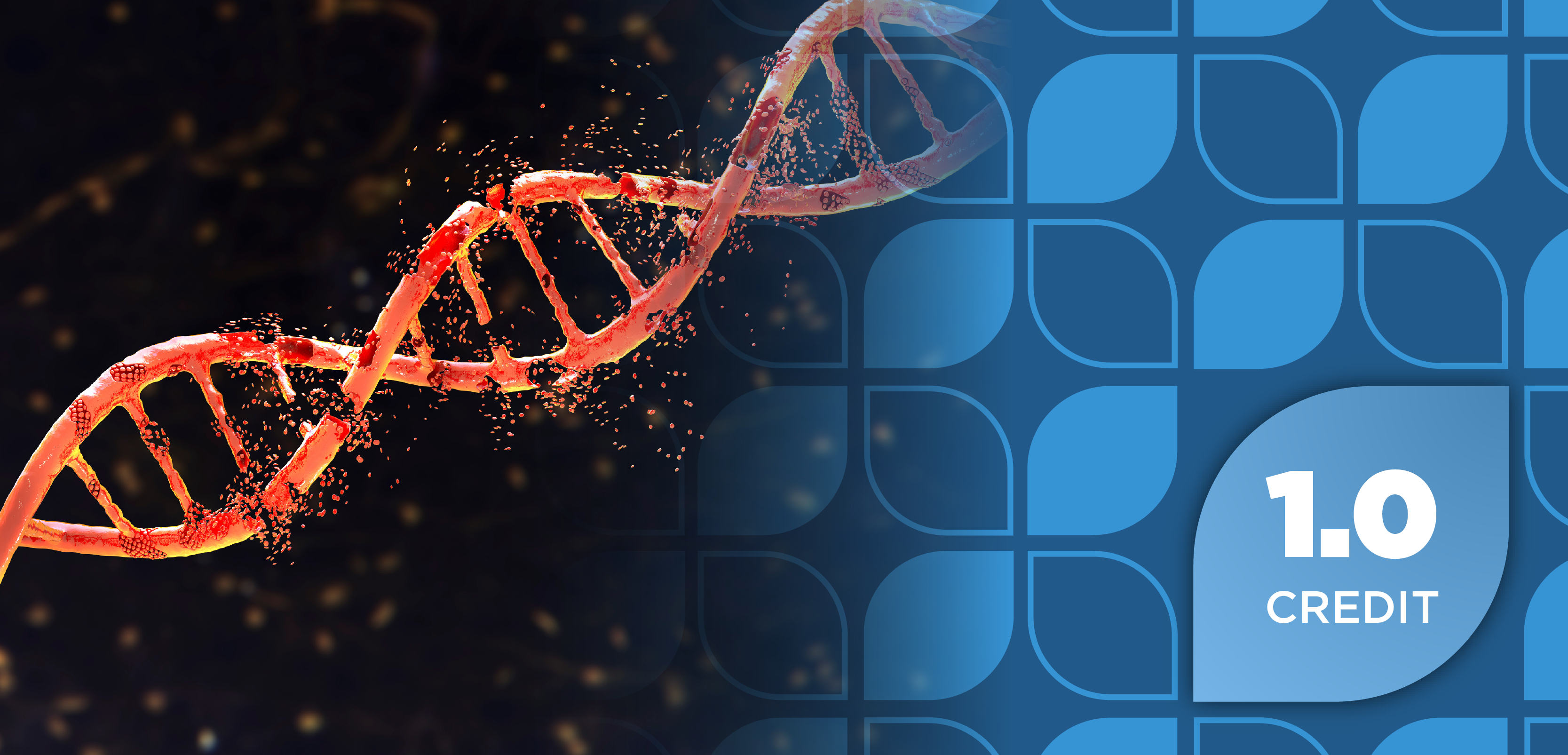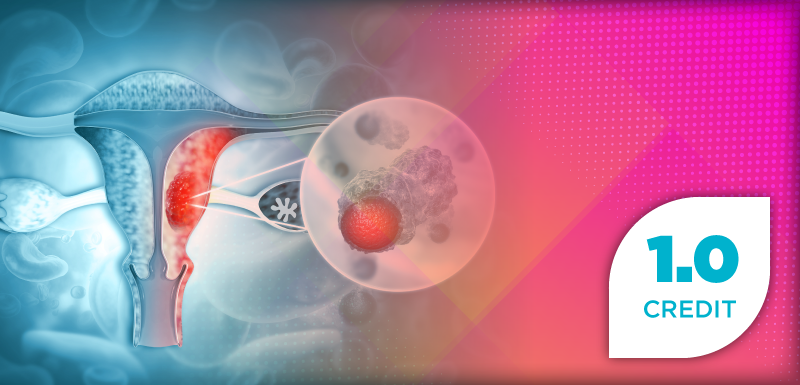
Can Low-Dose Naltrexone Fill the Gaps in Palliative Pain Management?
Emma Murter, PharmD, MPH, and Madison N. Irwin, PharmD, BCPS, discuss the potential role of low-dose naltrexone in managing chronic pain in palliative care, highlighting its anti-inflammatory properties, limited adverse effects, and current evidence gaps—particularly in comparison to traditional opioids and adjuvant analgesics.
As interest grows in non-opioid strategies for managing chronic pain, especially in sensitive and complex populations such as those receiving palliative care, low-dose naltrexone (LDN, Vivitrol; Alkermes) has emerged as a potential option. However, LDN’s use in managing chronic pain in the palliative setting remains underresearched.
In this interview, Pharmacy Times® spoke with Emma Murter, PharmD, MPH, a clinical pharmacist – pain management at Intermountain Health, Canyons, and Madison N. Irwin, PharmD, BCPS, a clinical assistant professor in the department of Clinical Pharmacy at the University of Michigan College of Pharmacy, about their participation in The Jeffrey Fudin Debates at the Society of Pain and Palliative Care Pharmacists’ eighth annual
Pharmacy Times: How effective is LDN in reducing pain for patients in the palliative setting compared to traditional opioids or adjuvant analgesics?
Emma Murter, PharmD, MPH: Most LDN data come from studies on chronic non-cancer pain conditions rather than palliative care populations. In case studies and series, it appears to be beneficial for conditions such as Crohn disease, rheumatoid conditions, and some other chronic painful conditions.
Madison N. Irwin, PharmD, BCPS: It has not consistently demonstrated benefit in fibromyalgia, which can be a common comorbidity in cancer survivorship, with the largest prospective study to date showing no difference between LDN and placebo. Given the lack of studies, it is not possible to say how effective LDN is in reducing pain for patients in palliative care.
One major drawback of using LDN in the palliative setting for patients is the drug-drug interaction between naltrexone and opioids, which are a mainstay for management of pain in some disease states.
Pharmacy Times: Overall, what are the most significant benefits of LDN compared to traditional opioids or adjuvant analgesics?
Murter: The benefits are being able to modulate inflammatory pain signaling with minimal AEs, which cannot be said for opioid therapies. There are multiple methods of administration, limited AEs, and an opportunity to attempt treating inflammatory pain in patients who cannot tolerate nonsteroidal anti-inflammatory drugs.
Pharmacy Times: What types of pain (eg, neuropathic, inflammatory, cancer-related) respond best to LDN in the palliative population?
Irwin: Since there are minimal data to support use of LDN in palliative care populations, findings from studies in chronic non-cancer pain have shown that LDN does seem to possess anti-inflammatory qualities, so would likely be most helpful in managing inflammatory pain. There is limited, but positive, data to support the use of LDN in treating painful diabetic neuropathy, so it is possible it could be helpful for treating painful neuropathy resulting from other conditions; however, at this time there are no data to support this in palliative care populations.
Pharmacy Times: What are the most common AEs or risks associated with LDN use in this population?
Murter: If titrated, most AEs can be completely avoided. While usually very well tolerated, it can cause headache, gastrointestinal upset, vivid dreams, and daytime fatigue.
Pharmacy Times: Are there any patient populations within palliative care (eg, liver dysfunction, severe cachexia) where LDN use is contraindicated or less effective?
Murter: Individuals who are on opioids for pain management should not be started on LDN, as the drug-drug interaction is substantial enough that the naltrexone can blunt the effect of opioids or elicit a mild opioid withdrawal presentation even at low doses.
Irwin: Naltrexone is primarily metabolized by the liver and exposure to it does seem to be increased in the setting of liver dysfunction, but it can be used with close monitoring in patients with liver dysfunction.
Pharmacy Times: What are the most significant disadvantages of LDN compared to traditional opioids or adjuvant analgesics?
Murter: For my patients, the most significant disadvantage is the cost of the medication. Because it requires compounding, the price can be significant compared to generic opioid or neuropathic agents.
Newsletter
Stay informed on drug updates, treatment guidelines, and pharmacy practice trends—subscribe to Pharmacy Times for weekly clinical insights.
























































































































































































































